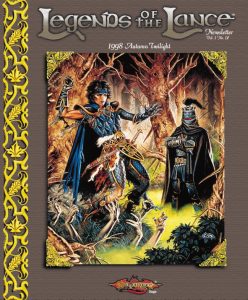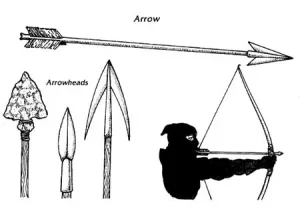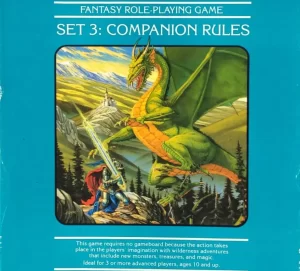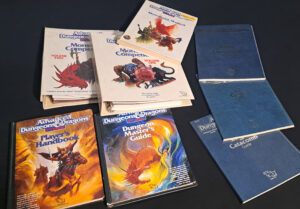
Perhaps the most valuable of all natural underground resources are the stones and metals found by miners. Mined resources of the underworld contribute greatly to life on the surface. Strong metals like copper and iron are necessary elements of blacksmithing, while valuable stones and metals like emeralds, rubies, and gold are all highly prized.
Where to Mine
A wide variety of regions could yield something of value to the intrepid miner. As a general rule, a character with miner proficiency stands a chance equal to his Wisdom score (plus his miner proficiency modifier) of finding something of worth where he elects to dig. Certain areas do not yield anything of value, regardless of the success of the proficiency roll. Examples of areas where mining is a waste of time include regions of deep sand or dirt, or areas of hardened lava.
Of course, streams flowing through such regions might have brought traces of a valuable ore or a gemstone, but mining the ground itself is virtually guaranteed to yield nothing in these areas. If a character with miner proficiency seeks to mine an area that the DM or GM believes might yield valuable material, the character can make a Proficiency Check after thoroughly searching the area. Such a search requires at least a week of time under good searching conditions, and generally covers an area about four miles square. Good searching conditions mean that the character cannot be fending off bandits or hunting for food while he is searching.
A deep snow cover makes such a search impossible, while even a thin coating of snow doubles or triples the time needed to search an area. Steady rainstorms, rough terrain, and even the short hours of daylight typical in wintertime can all interfere with the would-be miner's search. When these or other adverse conditions exist, the DM or GM must decide how much additional time is required before the area is suitably searched. After this search is completed, the player is allowed to make a Proficiency Check for his character. If the roll is unsuccessful, so is the miner's search. He can repeat his search of the same area if he wants to, but the task grows more difficult.
Types of Mines
The types of mines that are commonly encountered in a fantasy world include placer mines and underground (or tunnel) mines. The strip mining common in the modern age requires heavy equipment not found in the typical fantasy role-playing game campaigns. Placer mining involves sifting gravel, dirt, sand, and water from a flowing stream or river. Most commonly employed above ground, placer mining is a relatively simple mining operation. At its most basic level, the only requirements are a character with a shallow pan and a great deal of patience.
A placer mine gathers the mineral content of an underground vein of metal that has been eroded by water and has flowed downstream. It finally collects in some part of the streambed, where the miner separates it from the water. Because only the mineral wealth that has been eroded from the ground collects along the streambed, placer mining is not the way to discover a lode of significant value. Operating an underground, or tunnel, mine requires a great deal more work than a placer mine-but the potential for wealth is much greater.
An underground mine consists of a tunnel excavated into the earth. The rock that is dug from the tunnel is examined for riches. Because this post deals solely with the underground, the rules on mining deal primarily with tunnel mining. Of course, placer mining is still possible along underground streams, but underground characters and creatures are much more likely to labor in the lucrative tunnel mines.
Shoring A Tunnel
A tunnel mine must be regularly protected with wooden or stone support pillars, called shoring, or else sections of the tunnel will almost certainly cave in. Shoring can be accomplished by characters with carpenter, stonemason, or miner proficiencies. As a general rule, each 10-foot section of tunnel requires two side braces and a ceiling brace. If the tunnel is the standard 10 feet wide and 10 feet high, this takes 30 feet of bracing that is at least one foot in diameter. Each set of shoring supports takes four man-hours to construct. Unless the character doing the shoring is extremely strong (18 or greater strength), moving the braces into the mine requires additional manpower or animal help.
Mine Contents
Many minerals can be found in mines. The list in not complete, but here is an example: copper, tin, lead, iron, silver, gold, platinum, mithril, gemstones and much more.
See image for list of gemstones:
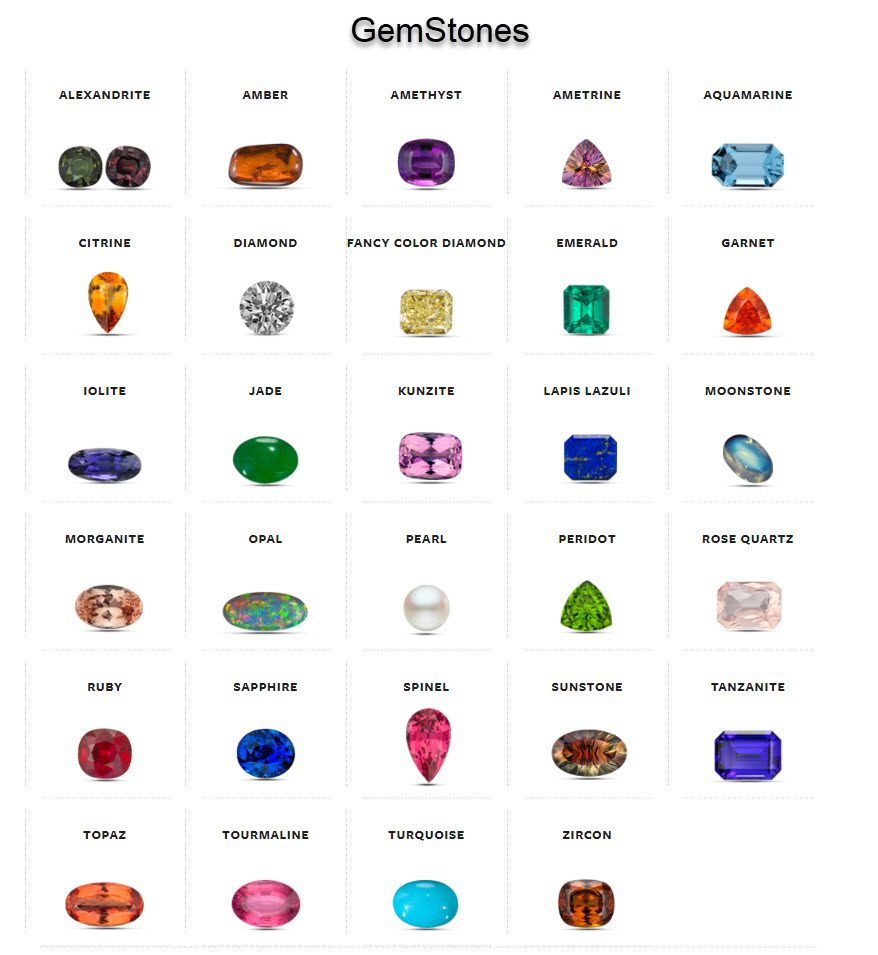
Just as the mined metal is in a rough form, gemstones fresh from the mine are not nearly as valuable as they are after finishing. Gemstones are rough and often unrecognizable when first discovered.
Quality of Mine and Metals
The fact that gold has been found in a mine does not mean that a character can immediately begin to gather up armloads of gp and head for the moneychanger! First, the quality of the ore must be determined. Even the highest quality metals usually require some processing or purifying before they can be sold for their full value. If the product of a mine is a metal, the mine usually yields the metal in its ore form; that is, heavily mixed with rock.
A very pure vein that yields nuggets of pure metal may occasionally be discovered, but generally a character with smelter proficiency must process the ore to its pure metallic state. The quality of the metal or ore equals the number of coins that can be produced from the metal mined by a single miner in a week. For example, a copper mine with a rating of 200 cp means that a single miner working the mine for a week produces a pile of ore that, when smelted, yields a grand total of 200 cp.


